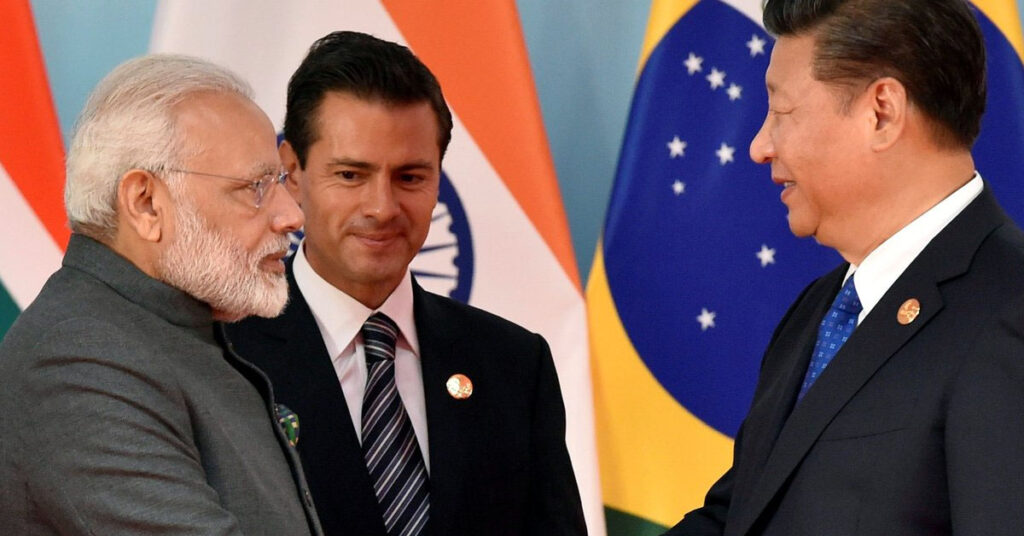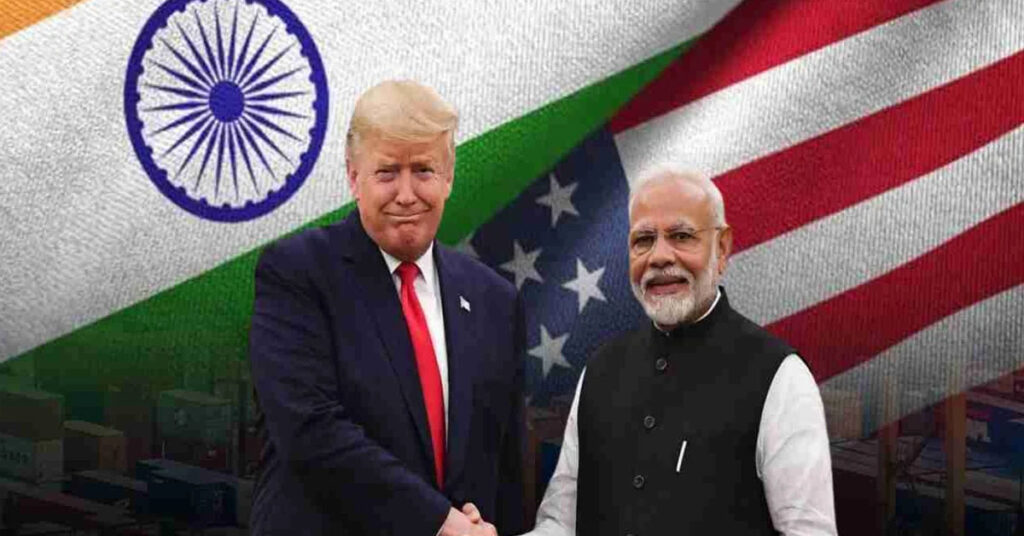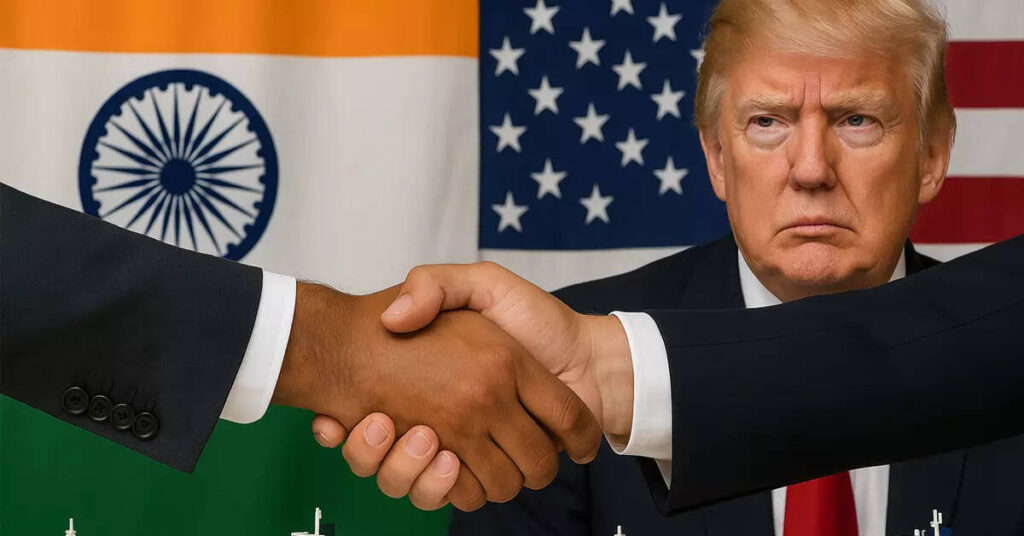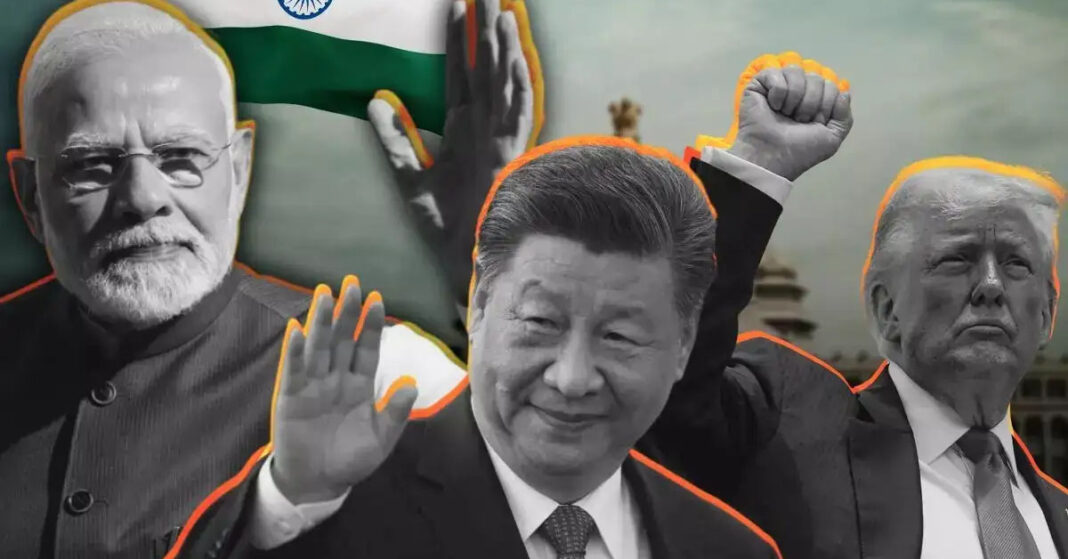Chinese Envoy Backs India Against U.S. Tariffs
Table of Contents
Beijing has openly extended support to New Delhi in its standoff with Washington over steep trade tariffs. China’s Ambassador to India, Xu Feihong, strongly criticized the U.S. decision to impose a 50% tariff on Indian exports from August 27, arguing that “silence or compromise only emboldens bullies.”
Xu’s remarks—made from Indian soil—were unusual, as foreign diplomats rarely comment directly on disputes between two other nations. His statement comes days ahead of the Shanghai Cooperation Organization (SCO) summit in China, which Prime Minister Narendra Modi is expected to attend.
The U.S. has not yet issued an official response to Xu’s remarks.
India and China as Asia’s “Double Engine”
China has consistently positioned itself as the loudest critic of U.S. tariff policies. Tensions between Beijing and Washington escalated to the point where the U.S. slapped 145% tariffs on Chinese goods, prompting Beijing to retaliate with 125% tariffs on American imports. Although a Geneva trade agreement in May 2025 reduced these duties, the conflict remains unresolved.

In his Delhi address, Xu accused the U.S. of misusing tariffs as a bargaining weapon, calling America a “bully” that has long benefited from free trade but now forces higher costs on others. He stressed that India and China are the twin engines of Asia’s economic growth, insisting that their unity would benefit the entire world.
India-U.S. Tensions Over Energy and Trade
The strain in U.S.-India relations intensified after New Delhi increased imports of Russian crude oil following the Ukraine war. Washington accuses India of indirectly funding Moscow’s war machine, while India argues it was encouraged by the Biden administration to stabilize global energy markets.
This disagreement, compounded by new tariffs, has unsettled the partnership. In contrast, relations between India and China, which nosedived after the 2020 Galwan Valley clashes, are showing signs of recovery. Both nations have since held multiple rounds of dialogue to normalize ties.
“Public perception matters. India has long had border disputes with China, but the unilateral U.S. tariffs—especially at 50%—have shocked many Indians. Anti-China sentiment remains strong, but anti-U.S. sentiment is also rising.”
Strategic Engagement Beyond the U.S. Factor
improving India-China ties cannot be attributed solely to Washington’s trade actions.
“China is already one of India’s largest trading partners, and both sides have engaged in steady dialogue over recent months. What we are witnessing is a natural attempt to move past the bitterness of Galwan,”

Earlier this week, Chinese Foreign Minister Wang Yi visited New Delhi, urging both nations to see each other as “partners, not rivals.” Prime Minister Modi echoed this sentiment, calling for “stable, reliable, and constructive India-China relations” that would contribute to global peace and prosperity.
The Global South and India’s Balancing Act
A key question now is whether closer ties with Beijing will reshape India’s role in the Global South.
India has long pursued strategic autonomy, balancing cooperation with both the West and the East. On one hand, India is a pillar of the Quad alliance with the U.S., Japan, and Australia—seen by Beijing as an anti-China grouping. On the other, it actively engages in BRICS and the SCO alongside China and Russia.
Experts say the U.S.-India rift could weaken the Quad and embolden Beijing’s regional ambitions. Japan is unhappy with U.S. tariffs, and President Trump has not met Australia’s prime minister, raising doubts about the grouping’s future.
“China is undoubtedly an economic powerhouse, but its leadership of the Global South is contested. Many developing nations do not fully trust Beijing. India, meanwhile, remains careful in its steps—it seeks stronger ties with China without abandoning its Western partners.”
Can China Replace the U.S. for India?
The big question is whether Beijing can replace Washington as New Delhi’s key partner. Trade figures highlight the complexity. In FY 2024–25, India-China trade stood at $127.7 billion, while India-U.S. trade reached $132.2 billion. The U.S. remains India’s largest export destination, while India runs a growing trade deficit with China.

Analysts argue this makes a full pivot to Beijing unlikely. Professor Mahapatra explained:
“China cannot replace the U.S. for India. Beijing’s close ties with Pakistan remain a permanent obstacle. What India is doing is multi-alignment—balancing relations with all major powers to protect its own interests.”
Border Tensions and Unresolved Disputes
Despite improving dialogue, several core disagreements remain. India and China share a disputed 3,000 km border, which has triggered multiple military standoffs. Beijing’s Belt and Road Initiative (BRI), particularly the China-Pakistan Economic Corridor (CPEC) running through Pakistan-administered Kashmir, remains a flashpoint.
India also hosts the Dalai Lama and Tibetan refugees, which Beijing views as interference in its domestic politics. On the other side, New Delhi accuses China of shielding Pakistan from accountability over cross-border terrorism.
These unresolved disputes raise doubts about how far India-China rapprochement can realistically go.
Outlook: Strategic Autonomy Over Alliance Shifts
While experts agree that U.S.-India trade tensions create opportunities for Beijing, they emphasize that India will not swap Washington for Beijing. Instead, New Delhi is likely to continue its multi-alignment policy—strengthening ties with China where possible while preserving partnerships with the U.S. and other democracies.
As Prime Minister Modi prepares for upcoming engagements with Chinese leadership, the world will be watching to see whether the thaw in relations leads to a deeper reset—or remains a tactical adjustment in an era of shifting geopolitics.










